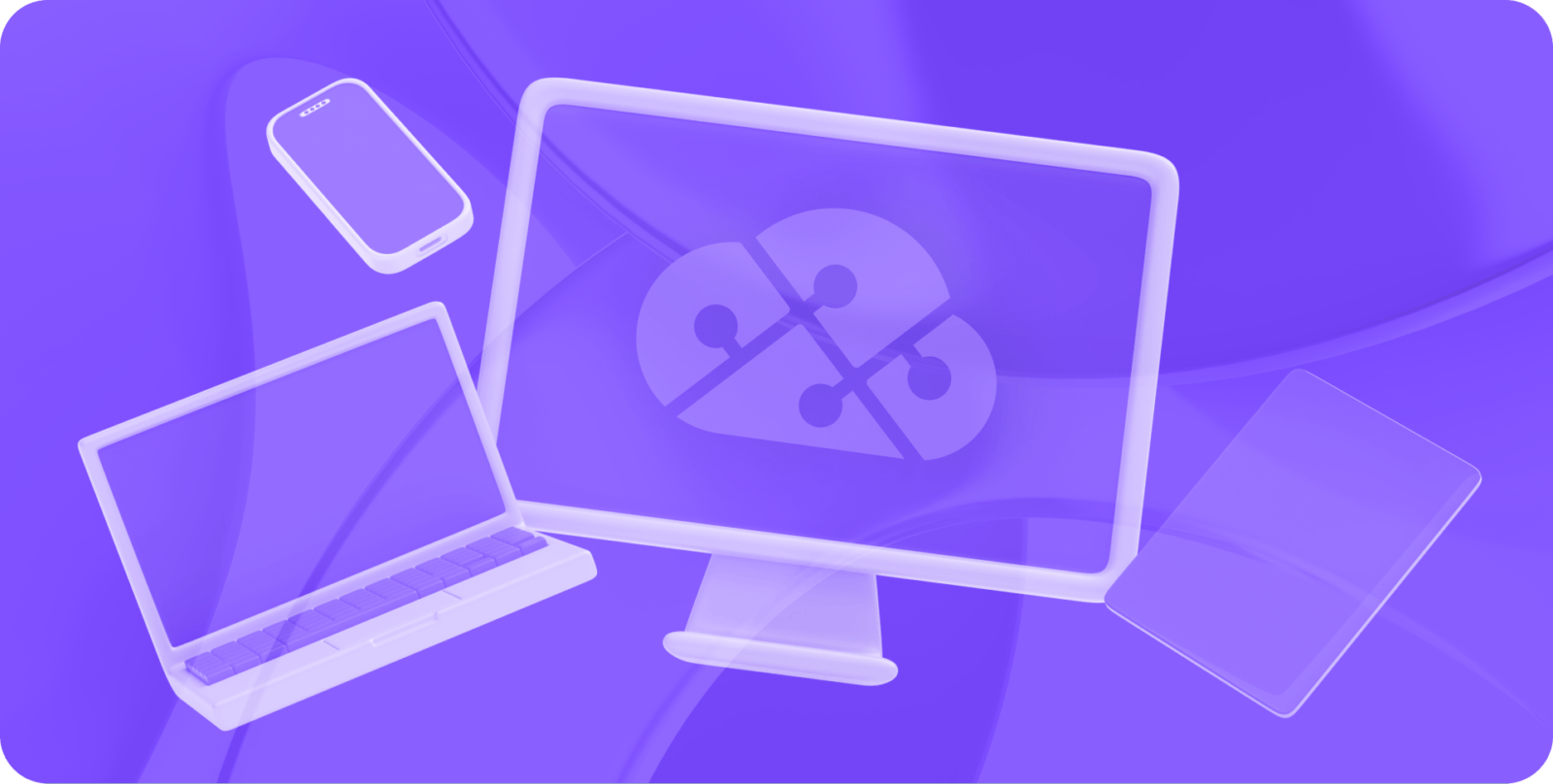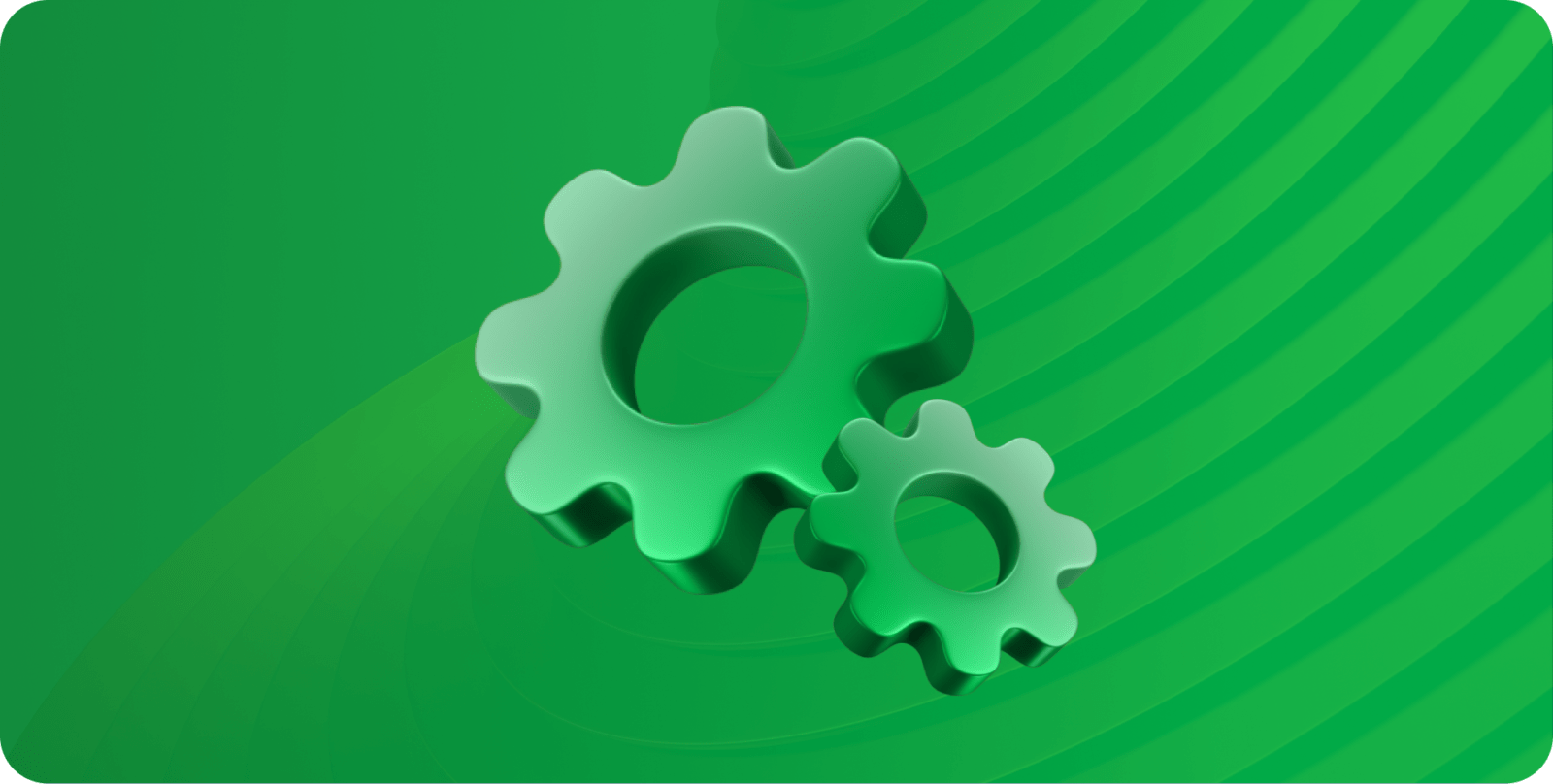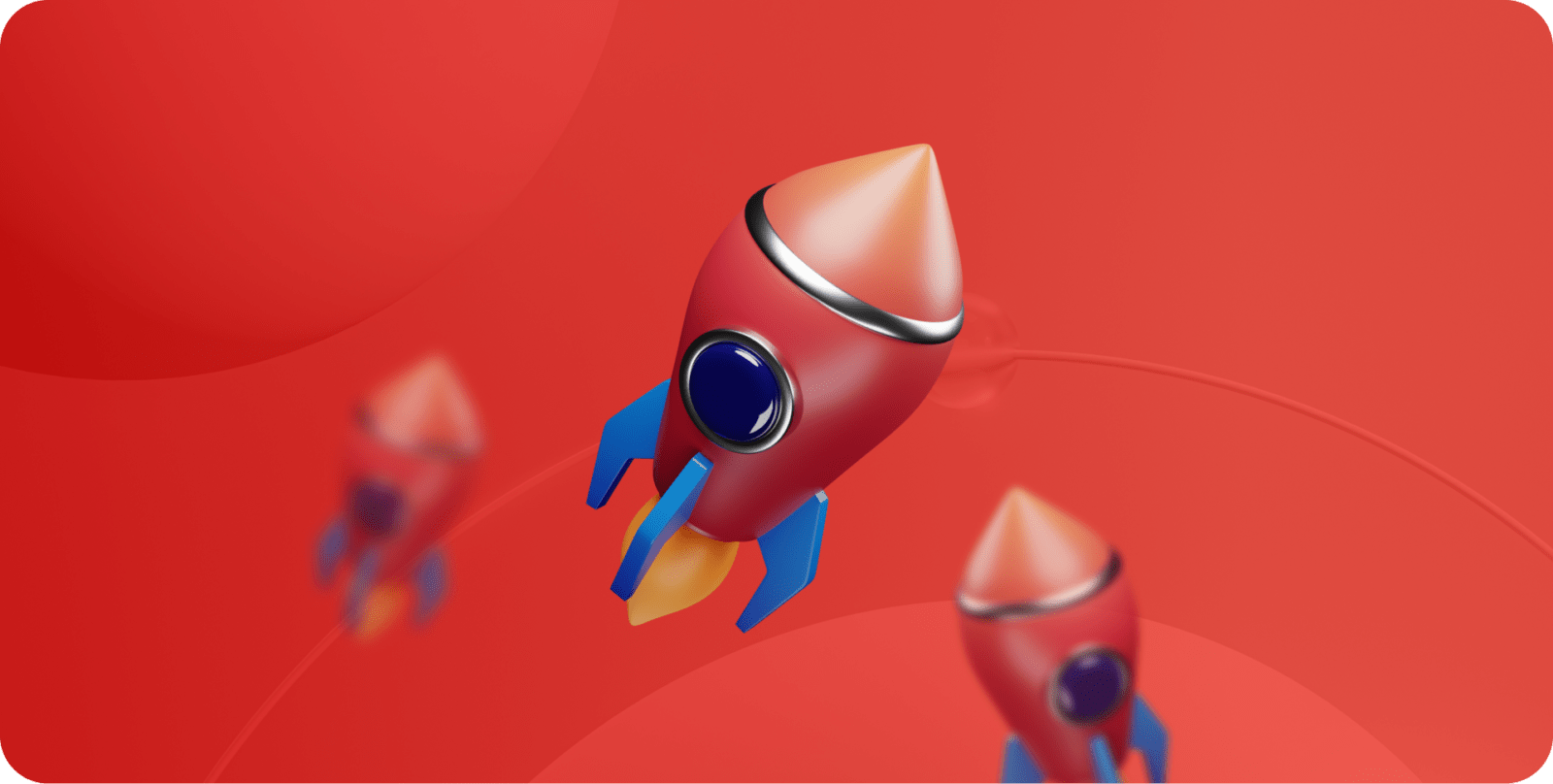Artificial intelligence and machine learning can help DevOps teams deploy simpler, cleaner, and more effective code
DevOps is all about streamlining software development and delivery, while improving automation and security practices. That’s why organizations can leverage AI DevOps tools and practices for even better results.
Artificial intelligence (AI) and machine learning (ML) could revolutionize the programming space over the next few years. Already, AI/ML programs can write, check, and simplify code. Using these technologies, DevOps engineers can streamline deployment, compliance, and scaling, all without hiring costly specialists or learning intricate coding techniques.
Implementing ML and AI in DevOps requires some time, effort, and knowledge. You’ll have to learn the underlying terminology, compare the available tools, and decide how to integrate AI/ML into your workflow. Once you do, though, you’ll have a powerful new technology at your disposal.
Differences Between AI, ML, and Deep Learning
To fully leverage AI, ML, and deep learning technologies, DevOps engineers should first familiarize themselves with the terms. While these three concepts are related, they’re not exactly the same thing.
“AI” stands for “artificial intelligence.” This concept doesn’t refer to any specific technology. It’s a catch-all for any computer program that attempts to mimic human thought. This can be as simple as a sorting algorithm in a spreadsheet, or as complex as a fully functional android in a sci-fi story.
Machine learning is a form of AI where programs learn to recognize patterns over time. An easy example is the “Recommended For You” section on a shopping website. A program gathers information, draws connections between variables, and recognizes patterns as they emerge. Machine learning tools can improve over time as they receive more data and analyze subtler connections.
Deep learning is, at present, the type of AI that most closely resembles human thought. Multiple machine learning nodes collaborate in a network. Information escalates through the nodes as it grows in complexity. Eventually, a deep learning program can reach significant conclusions, and transmit them to the end-user. Large language models (LLMs) such as ChatGPT are examples of deep learning AI programs.
Read our guide on What is AI vs Machine Learning vs Deep Learning: Understanding the Difference for a full breakdown of this useful terminology.
Ways for DevOps to Leverage AI
Before incorporating AI and ML into your organization, it’s worth asking what you can do with the technology. Because AI and ML are so versatile, knowing exactly where to start can be a challenge.
One of the biggest challenges that AI can tackle is automation. An AI can sift through large quantities of data in relatively little time, and pick up on patterns that a human might not see. Automation, similarly, relies on parsing repetitive data to speed up simple operations. Using AI, DevOps engineers can analyze automation data to discover inefficiencies, and recommend smart fixes.
Since AIs excel at spotting patterns, real-time monitoring is also a potential application. DevOps engineers can employ AI algorithms to monitor deployment and report anomalies as they happen. This could prevent small issues from ballooning into bigger problems. Likewise, AIs can analyze resource allocation, allowing engineers to scale up and down as needed.
AIs can even help coders improve their craft. LLMs can analyze existing code, point out errors, and even suggest working replacements. Some models can even suggest code based on natural-language suggestions, eliminating a lot of tedious trial-and-error.
However, as AI becomes more prominent, safeguards need to increase as well. While AI and ML programs may craft naturalistic responses to queries, they are not humans. They can’t think, reason, learn, understand, or come up with truly original ideas. As such, every AI procedure you implement should have an element of human oversight, with manual checks during key steps in the process.
To learn more about how your organization can implement AI technology, read How Can a DevOps Team Take Advantage of Artificial Intelligence (AI)?
Operationalization and AI for DevOps
Operationalization in AI is a broad term, covering any implementation of AI for DevOps in your workflow. This includes everything from using AI coding tools to deploying AI chatbots for customers. AI has a plethora of potential applications, and each organization will have to determine which ones best suit its needs.
Before employing an AI tool, be sure to ask what problem it will solve, which data you will use to train it, and how you can take responsibility for its output. Determine whether there’s an existing ML model you can use, or whether you’ll have to program one from scratch. Train your model in an enclosed environment before you open it up to real customer data, or the internet at large.
Once your organization has incorporated AI and ML tools, you’ll still have to monitor what they do. Data security and privacy are paramount, particularly if you intend to use public ML models and databases. If you share your customer data with a public model, for example, there’s no way of regaining full control over that information.
Transparency is also a potential concern. Some models tend toward “black box” responses, where the chain of logic between query and answer is obscure. Other models are inconsistent, giving different results for the same query.
Operationalizing AI requires a clear concept, realistic goals for your model, and constant vigilance for security, privacy, and efficiency. Determine which key performance indicators (KPIs) are most important to your organization and check your AI/ML models against them frequently.
Check out Operationalization in AI: Maximizing Your Investments for suggestions on how to first integrate AI into your organization’s workflow.
The Best DevOps AI Tools
Many ML and AI DevOps tools are already available, and more will probably launch over the next few years. These programs can help automate deployment, turn plain English into code, and monitor security protocols in real-time.
Some indispensable programs include:
- Sysdig: A tool for monitoring and analyzing an organization’s security in real-time. Sysdig can detect potential security threats on a container-by-container basis, then recommend and prioritize fixes on a convenient dashboard
- Amazon Code Guru: An AI and ML DevOps tool that gives developers constructive, actionable feedback on their code. Amazon Code Guru analyzes code and makes suggestions based on real, successful deployments
Any task that requires cross-referencing new information against an existing database is a good candidate for an AI tool. If the program you need doesn’t exist yet, it may soon. Or, you could try creating one yourself.
For our full selection of useful programs, read our guide to The 3 Best AI DevOps Tools For High-Growth Companies.
AWS AI/ML Services
As one of the most prominent providers in the cloud computing space, Amazon Web Services (AWS) is also a major player in AI/ML technology. AWS provides more than 175 featured services, and many of them employ AI in some capacity. With AWS AI programs, you could create a chatbot, create a facial recognition database, or even program your own ML model.
In addition to Amazon CodeGuru (see the previous section), we recommend trying out four other AWS programs:
- Amazon SageMaker: A tool that lets you create your own ML model. SageMaker provides an integrated development environment (IDE) that combines debuggers, notebooks, and profilers for ML coders. It also offers pre-trained models to build upon
- Amazon Bedrock: A service that provides foundational models (FMs) for deep learning applications. These models incorporate broad data sets from companies such as Amazon, Anthropic, and Meta. Using these FMs as a starting point, you can then customize your own AI and ML programs with natural language prompts and queries
- Amazon Personalize: A program that uses ML to collect customer data and make recommendations based on their purchase history. Personalize can determine which customers are likely to buy which items, as well as how to market new products based on old purchases
- Amazon Rekognition: A facial recognition tool that can find faces, patterns, and objects in photos and videos. Rekognition can “learn” what individual people, places, and things look like over time, and automatically tag them for easy reference
- Amazon Lex: A customer service program that lets you create your own chatbots. Lex can talk to customers via either text or voice, and respond to natural-language queries. If Lex can’t solve the issue, it can gather data and escalate to a human support agent
Major companies, from AT&T to the NFL, have employed these programs to solve complicated problems. AWS programs can assist your organization with cybersecurity, analytics, customer service, and more.
Learn more about what AWS can provide with An Overview of the Top 6 AWS AI/ML Services.
ML Orchestration Tools for Devs
ML orchestration leverages AI technology to automate as much of the DevOps process as possible. With a sophisticated enough model, a DevOps engineer could theoretically automate everything from debugging, to deployment, to iteration.
In addition to DuploCloud itself, we recommend five other ML orchestration tools:
- Airflow: A platform that helps developers create and oversee workflows. Airflow started life at AirBnB, but is now available as an open-source Python project. Programmers can use Airflow to scale and monitor ML projects, and share what they’ve learned with the community
- Kedro: An open-source Python framework that helps developers create clean, functional code with a minimum of troubleshooting. Kedro can integrate data from a comprehensive catalog, draw from standardized templates, and track ML experiments. The program integrates with Amazon SageMaker, Azure ML, Docker and similar platforms
- Kubeflow: An open-source program that supports ML models through training, testing, deployment, and beyond. Kubeflow offers pre-configured containers to help support new projects, and is compatible with other popular ML systems, such as Airflow
- Metaflow: An AI/ML framework to manage workflow and help build new models. Metaflow lets engineers develop, debug, test, and analyze ML experiments, both locally and in the cloud. It integrates with AWS, GCP, and Microsoft Azure
- Prefect: A workflow orchestration tool that aims to simplify ML systems. Prefect offers local development, debugging, and deployment. Developers can also access open-source tools and a natural-language AI called “Marvin”
With ML orchestration tools, workers can focus on refining models instead of micromanaging workflows. This could lead to more adaptable, autonomous software, which leaves humans free to work on more complex problems.
Read The 6 Best ML Orchestration Tools for Developers to learn about each of these programs in greater detail.
ML and Kubernetes
Kubernetes is a widespread and effective tool for managing containerized applications. With Kubernetes, developers no longer have to rely on cumbersome virtual machines. This makes it easier to deploy, maintain, and scale applications.
Integrating Kubernetes and ML technologies can have profound benefits. For example, Kubernetes can automatically scale workloads as demand for services waxes and wanes. Machine learning models similarly consume variable amounts of data during training. Kubernetes can automatically allocate the correct amount of resources, without wasting costly clusters on resource-intensive GPU training.
Kubernetes also lets engineers test ML models across a wide variety of platforms. As Kubernetes employs one standardized environment, compatibility across systems is not a concern. This allows ML models to operate efficiently, regardless of differences in programming languages or development frameworks.
Finally, Kubernetes has built in fault-tolerance features. Hardware and software failures will not affect the overall integrity of the application. Since ML models are often experimental, employing robust failsafes should keep both the model and your overall infrastructure safe.
Visit our page Machine Learning on Kubernetes: 5 Things Developers Need to Know for a more comprehensive guide.
No Code/Low Code in AI and ML
No code/low code platforms and AI/ML programs complement one another perfectly. Both services can create fully functional applications without having to program each individual feature from scratch. Using templates and menus, workers can build, maintain, and upgrade software, even if their knowledge of coding is minimal.
There are five major AI/ML features to consider with a no code/low code platform:
- Streamlined AI workflows: Automation is at the heart of a DevOps workflow. As such, AI/ML technologies should make day-to-day operations more efficient, minimizing as much repetitive busywork as possible
- Seamless integrations: There are already hundreds of excellent AI/ML tools available, such as the ones listed in the previous sections. A no code/low code platform should offer easy integration for these tools, rather than making engineers develop new ones from scratch
- Built-in compliance checks: Compliance is one area where AI and ML for DevOps can be particularly useful. Each industry has a vastly different set of rules, regulations, and best practices that govern it. A sophisticated AI can check your software against these standards automatically
- Real-time monitoring: Not every deployment is perfect, and some issues are more pressing than others. AI/ML tools can monitor your systems in real-time and spot issues much more quickly than a human observer. Many of these tools can also suggest fixes, including ready-to-use code
- Continuous integration and deployment: More frequent deployments can indicate a healthy development process, while less frequent deployments can indicate a dysfunctional one. Along with AI/ML tools, a no code/low code platform can speed up testing and troubleshooting, letting engineers fine-tune and deploy new versions faster
Employing no code/low code platforms in conjunction with AI and ML tools lets DevOps engineers focus on processes, rather than tweaking code. This could speed up development and make the process more approachable for novice programmers.
Discover Why You Need a Low-Code/No-Code AI and Machine Learning Platform and how DuploCloud can help you implement one.
Explore AI/ML Technologies with DuploCloud
To streamline your organization's AI/ML adoption, consider DuploCloud. With our no code/low-code framework, you can leverage ML and AI DevOps technologies in AWS and Kubernetes. DuploCloud helps companies improve their security protocols, automate their compliance procedures. Our service can also make deployment 10 times faster, while lowering the cost to do so by 75%.
Request a DuploCloud demo today to find out how our services can make your operations more efficient and less expensive.









